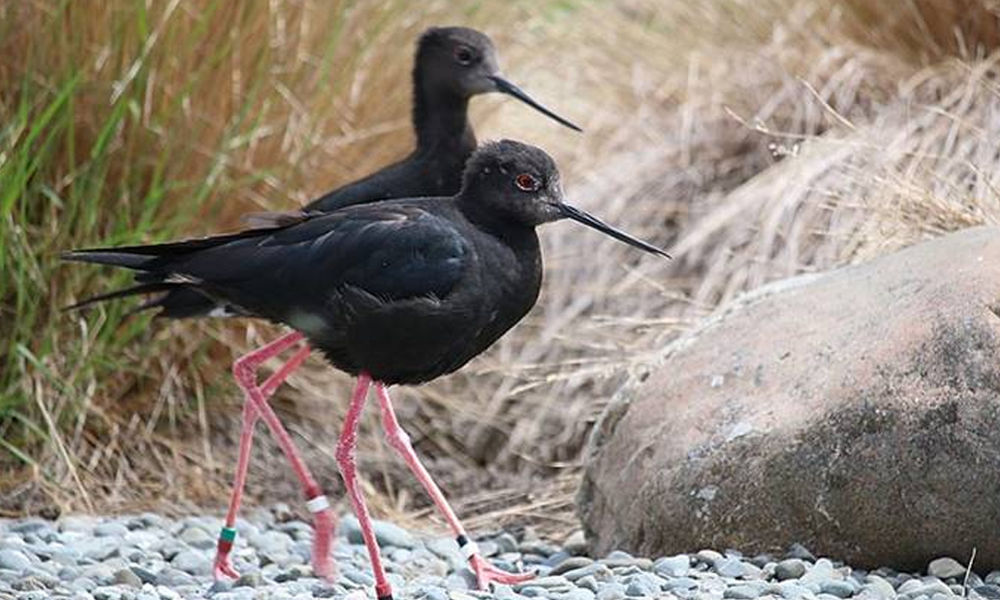New Zealand’s native bird kaki or black stilt – one of the rarest species of wading bird – has seen a 30 per cent increase in its adult population, New Zealand’s Department of Conservation said. A critically endangered species found only on the South Island and Mackenzie Basin of New Zealand, there are currently as many as 169 black stilts in the country.
In an effort to build the population of these rare birds, the country’s Department of Conservation had launched its Kaki Recovery Program nearly forty years ago.
‘Thanks to the team effort involved in the Department of Conservation’s successful captive breeding program and amazing support from partner organisations, there are 40 more adult birds living and breeding in the wild than this time last year,’ said New Zealand’s Minister of Conservation Eugenie Sage.
To expand its large-scale conservation project, the New Zealand government, along with International NGO Global Wildlife Conservation (GWC) set up a brooder room to hand-rear chicks in 2019. In 2018, they had also established an aviary for juvenile kaki. With the new facilities, the number of birds doubled within a span of two years – the largest increase in nearly four decades.
‘The decades-long fight to recover the world’s rarest wading bird, the kaki, is turning a corner with this year’s success. I hope that New Zealand will continue to make significant progress with their massive goal of preventing extinction of the country’s unique and amazing species,’ Wes Sechrest, GWC chief scientist and CEO, said.
While the kaki birds were common in New Zealand decades ago, in 1982, only 23 adult birds remained in the country due to habitat destruction and the introduction of non-native predators like feral cats, ferrets and rats.
Also Read: South Pole Warmed Three Times Faster Than Global Average In Last 30 Years: Study











